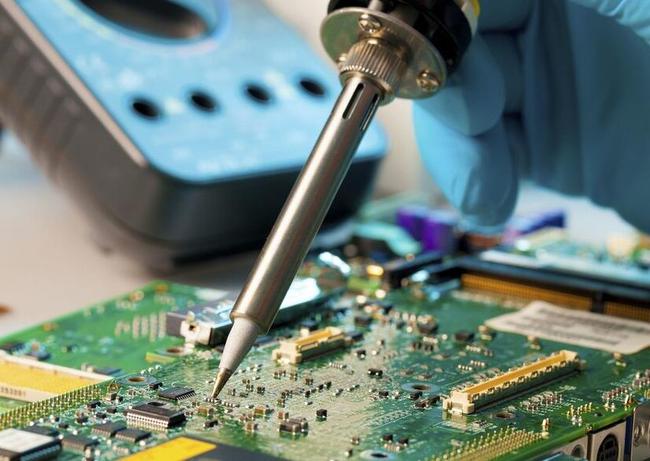What are the steps for printed circuit boards pcb assembly?
With the development of PCBA assembly of electronic products in the direction of miniaturization and high assembly density, SMT surface mount technology has become the mainstream technology of electronic assembly. However, due to the large size of some electronic components in the PCBA assembly process, plug-in processing has not been replaced and still plays an important role in the electronic assembly process, so there will be a certain number of through-hole plug-in components in the PCB circuit board. The assembly of both plug-in components and surface mount components is called hybrid assembly, referred to as mixed assembly, and all surface mount components are called full surface mount. The assembly method and technological process of PCBA mainly depend on the type of assembly components and the equipment conditions of assembly. What steps are involved in the pcb assembly?

Step 1: application of solder paste.
This is the first step in pcb assembly. Before adding components, you need to add solder paste. Minghua avionics automatic printing machine. Solder paste needs to be added to the area on the circuit board where the solder is to be applied. Apply solder paste to the circuit board with the help of the welding screen. It is placed in the right place on the chessboard and the base runner moves over it. This allows solder paste to be squeezed through the hole and applied to the circuit board.
Step 2: place the component.
This is done after applying solder paste. Surface mount technology (SMT) requires precise placement of components, which is difficult to achieve by manual placement. Therefore, the components are placed on the circuit board with the help of the pick-up machine. The PCB design information provides where the components need to be placed and the component information needed to pick and place the machine. This simplifies pick-and-put programming and makes it more accurate.
Step 3: reflow soldering.
In this step, the actual connection occurs. After placing the component, place the circuit board on the reflux furnace conveyor belt. The solder applied during the welding process melts during reflow soldering. This permanently connects the assembly to the circuit board.
Step 4: wave soldering.
In this step, the printed circuit board is placed on a system driven by a mechanical conveyor and passes through different areas. PCB passes through fusion welding waves, which helps to connect PCB pads / holes, electronic component leads and solder. This helps to form an electrical connection. It should be noted that different selective wave soldering processes can be selected according to the number of bottom insertion elements, and the spacing and orientation requirements of the components are also different, which can be referred to the layout requirements of the board components.
Step 5: clean PCB.
It is very important to clean the PCB after assembly. This process helps to clean all flux residues with the help of ionized water.
Step 6: check the PCB components.
This is one of the most important steps in PCB assembly. Techniques such as X-ray and AOI are used to determine the quality of assembled PCB. In this step, check whether the circuit board has a short circuit, the solder ball is loose, and the bridge between the solder balls.
Step 7: test the pcb circuit board and monitor the output.
This is the last step of the whole process. This step involves monitoring whether the product provides the desired output. The board is tested and analyzed by several methods.
In the soldering process, the ones with the smallest variables should belong to the machinery and equipment, so check them first. In order to achieve the correctness of the inspection, independent electronic negotiators can be used to assist them, such as measuring the temperature with a thermometer and accurately calibrating the machine parameters with an electric meter.
Hello, welcome to visit our official website!
+86 13502814037 (What's up)sales@topscompcbassembly.com
Turnkey Pcba Assembly & Contract Electronic OEM Manufacturing Provider


